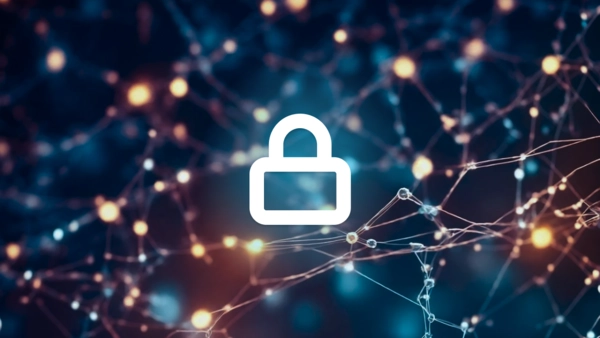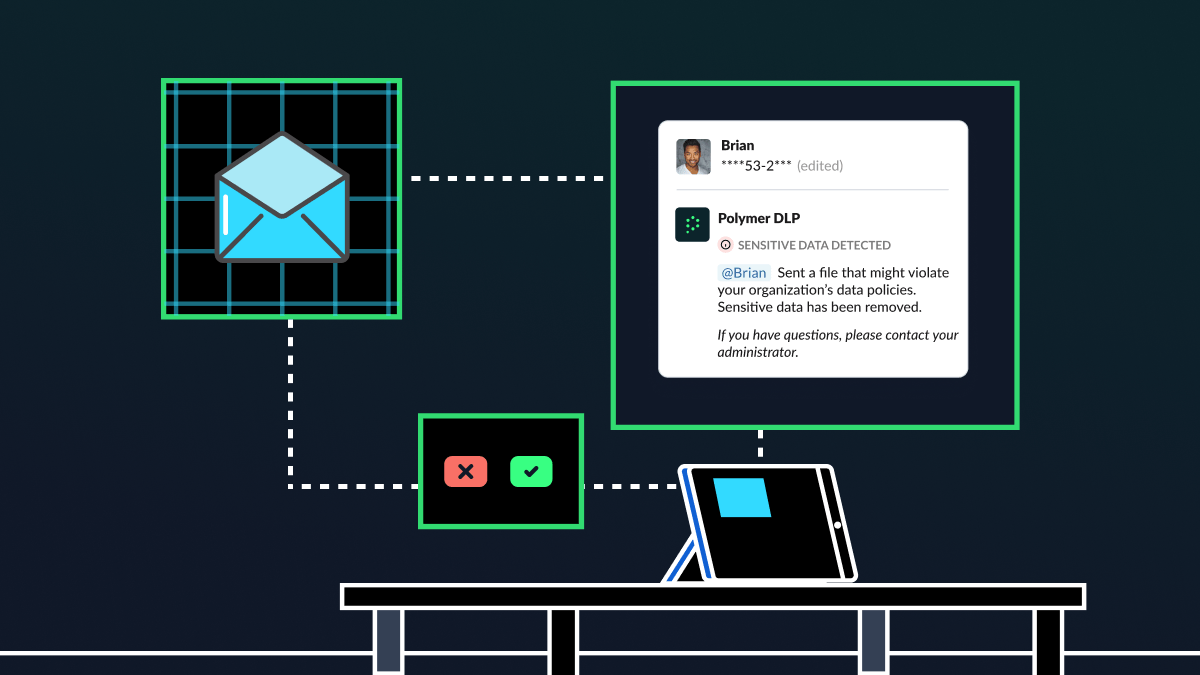All employees make mistakes—whether that’s a typo in an email, sending a document to the wrong person or missing a deadline.
Some mistakes, though, have greater consequences than others, especially when it comes to cybersecurity and compliance.
Sending a sensitive document to the wrong recipient, for example, can be an immediate data breach and compliance fine. Leaving a repository set to ‘public’ can enable malicious actors to steal customer information and use it for financial fraud. Inputting intellectual property into a third-party generative AI tool can result in that data regurgitating out to another person in a whole other organization.
Since the dawn of enterprise cybersecurity, security teams have done their best to mitigate the fallout of these mistakes. But it’s not working—95% of data breaches related to the human factor in 2024.
Instead of trying to minimize the aftermath, what if organizations could prevent these mistakes altogether?
That’s where human risk management comes in.
What is human risk management?
Human risk management is a form of security solution that directly tackles and reduces the cybersecurity risks associated with employee behavior. These tools achieve this through a cyclical four-stage process, which works like this:
- Detect and measure risk: HRM solutions monitor employee behavior in real time to generate dynamic risk scores. These scores adjust based on whether employees repeat risky behavior or improve over time.
- Deliver in-the-moment guidance: Instead of blocking users outright, HRM tools provide timely nudges or prompts that explain the risk and offer secure alternatives—helping employees course-correct instantly.
- Reinforce secure habits: As employees respond to interventions, they build long-term secure decision-making habits. When someone’s risk score stays high or spikes, security teams get the visibility they need to investigate.
- Building a positive security culture: Human risk management solutions work continuously in the background of the organization, monitoring employee security behaviors and building a culture of security.
The benefits of human risk management
Many organizations still rely on security awareness training programs to mitigate the risks of human error. Needless to say, this approach isn’t having the desired impact. Human risk management, on the other hand, drives real results for security teams.
Here’s a closer look at the benefits.
Mitigate accidental insider threats
Employees will always make mistakes. It’s not fair (on security teams or on your people) to expect employees to self-correct without additional, real-time support. That’s what human risk management provides. It delivers just-in-time prompts that enable employees to mitigate their mistakes before they turn into data breaches.
Catch malicious insiders before they do damage
The risk scores that come with human risk management platforms enable security teams to discover and tackle malicious insiders (including account takeover attacks). Should a malicious insider ignore a security prompt, the solution will then block them from taking action—and alert the security team so they can investigate further.
Reduce the number of security incidents
With accidental insider threats limited and malicious insiders prevented, organizations can drastically reduce their chances of becoming embroiled in data breaches relating to the human factor. This, in turn, positively impacts the bottom line and ensures a company’s reputation remains in good stead.
Prove cybersecurity ROI
All CISOs know that proving the ROI of cybersecurity investments is a challenge. After all, how do you calculate the benefits of mitigating an incident that didn’t happen? Risk scores help with this conundrum. They’re a numerical value—one that cybersecurity leaders can harness to prove the value of their investment with ease.
Getting started
The cybersecurity market is becoming awash with human risk management solutions. However, not all are created equal. Many vendors, for example, offer human risk management solely for email. While this can be beneficial, the majority of employees today spend their time working and communicating in cloud applications, and using tools like ChatGPT and Bard to enhance their productivity.
In this paradigm, what’s needed is a human risk management tool that functions within SaaS apps and generative AI platforms.
That’s where Polymer comes in.
Our cutting-edge runtime security solution combines human risk management and data security posture management to deliver 24/7 data security whilst building a security-conscious culture.
Find out how we can help you mitigate the human factor once and for all. Request a demo now.


